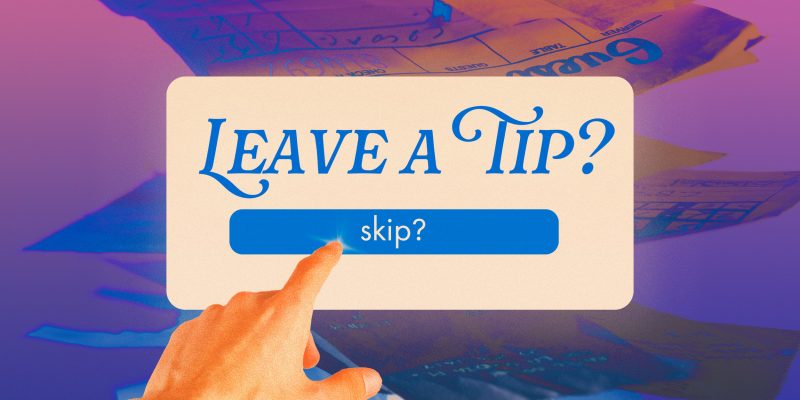With the growing ubiquity of automated recommendations, many Americans are becoming increasingly frustrated. From coffee shops to retail locations, these prompts to leave a tip after a transaction are becoming pervasive in day-to-day life. The consensus among U.S. citizens is that these automated prompts are intrusive and unnecessary.
When customers visit their local Starbucks for a morning cup of Joe, they’re often asked if they’d like to leave a tip after the transaction has concluded. Similarly, when visiting big-box stores like Walmart and Target they are prompted to leave an additional gratuity after the sale is finished. This has led to substantial pushback from both customers and businesses alike.
From the customer’s perspective, the presence of automated tips can feel intrusive and off-putting. Many customers feel uncomfortable as in pressured to leave the standard tip amount, and oftentimes wind up paying more than they feel necessary. For customers who are already strapped for cash, these tip prompts can add insult to injury.
On the other side of the coin, many businesses argue that automated prompts can actually hinder customer satisfaction. It’s argued that customers should be left to determine the merits of a service on their own, without feeling obligated to leave an amount above and beyond the cost of their purchase. It’s also a widely held belief that tips are meant to be awarded in exchange for exceptional service, not as a generic prompt at the end of a regular transaction.
With all this in mind, it’s clear why many Americans are becoming increasingly weary of automated tip prompts. The consensus appears to be that these prompts should only be utilized in situations where exceptionally good customer service has been provided. For instance, when customers receive expedited service from a restaurant, or helpful advice from a retail associate, these are the instances where customers should be prompted to leave a gratuity. Anything beyond that is simply unnecessary.

